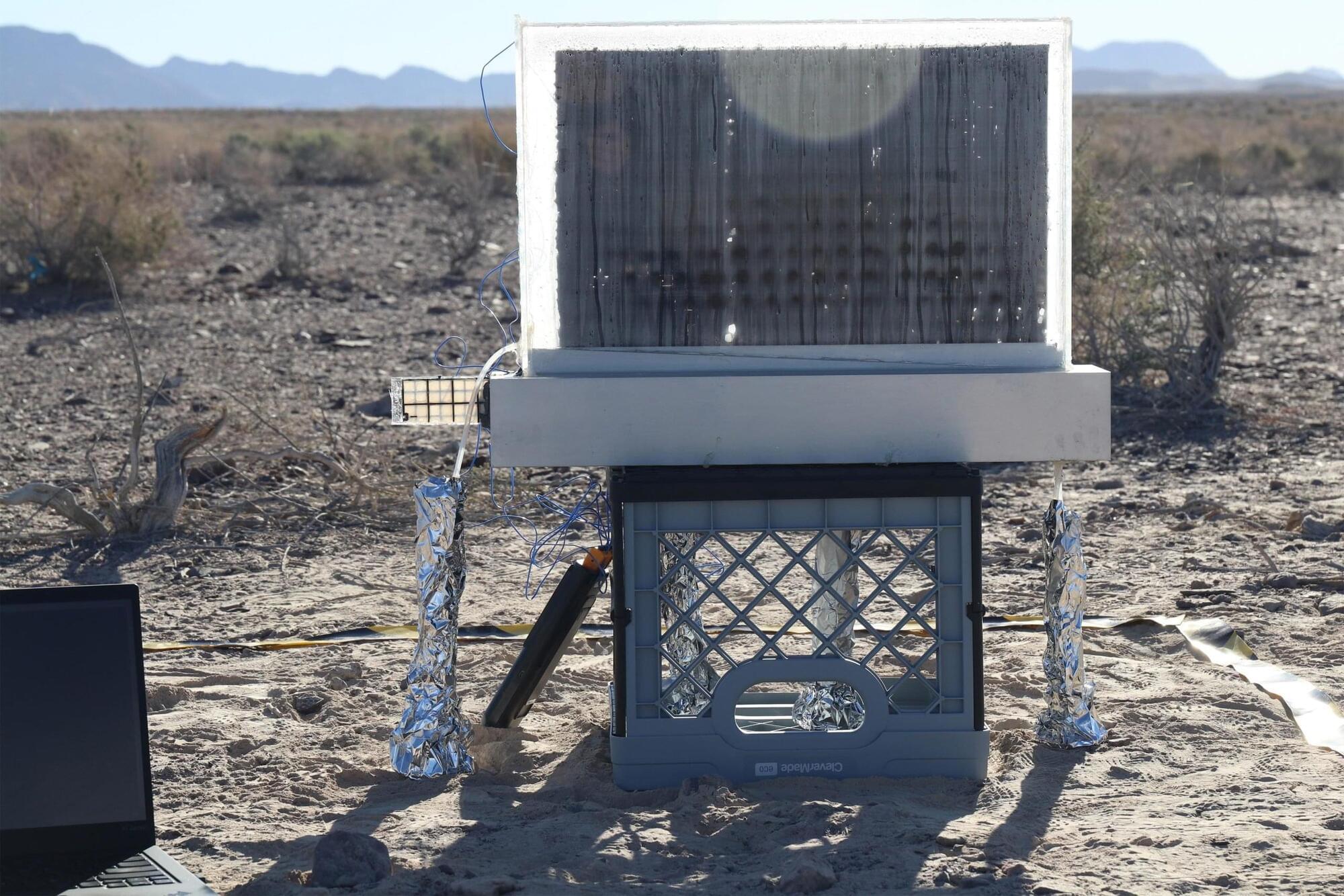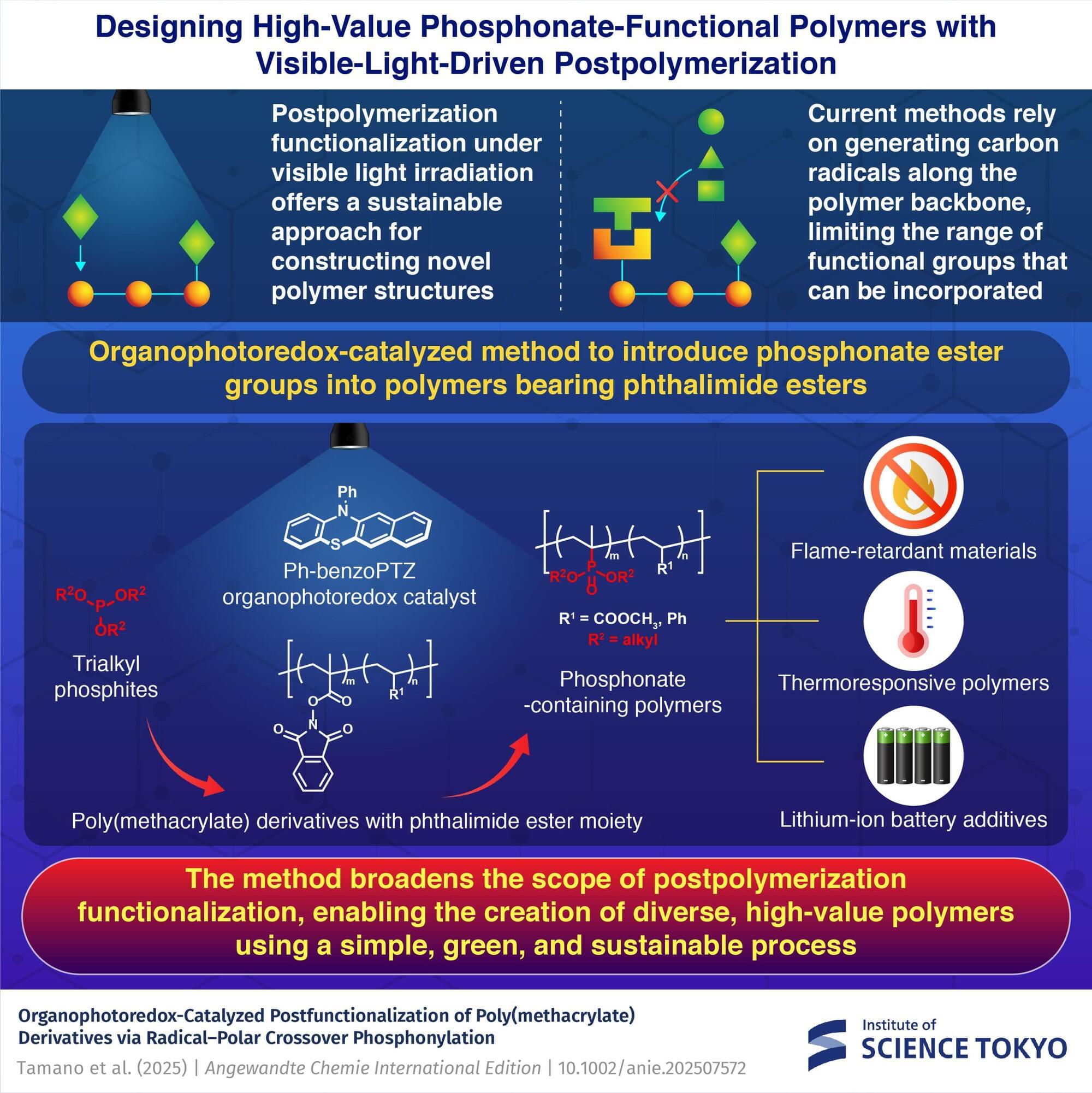Today, 2.2 billion people around the world do not have access to safe drinking water. In the United States, over 46 million people face water insecurity, living without running water or relying on supplies that are unsafe to drink. As demand for clean water grows, traditional sources like rivers, lakes, and reservoirs are being pushed to their limits.
To help address this challenge, MIT engineers are exploring an alternative source: the air. Earth’s atmosphere holds trillions of gallons of water in the form of vapor. If this vapor can be captured and condensed efficiently, it could provide clean drinking water in areas where traditional supplies are unavailable.
Working toward that goal, the MIT team has developed and tested a new atmospheric water harvester that successfully captures vapor and produces safe drinking water across a range of humidity levels, including extremely dry desert air.









